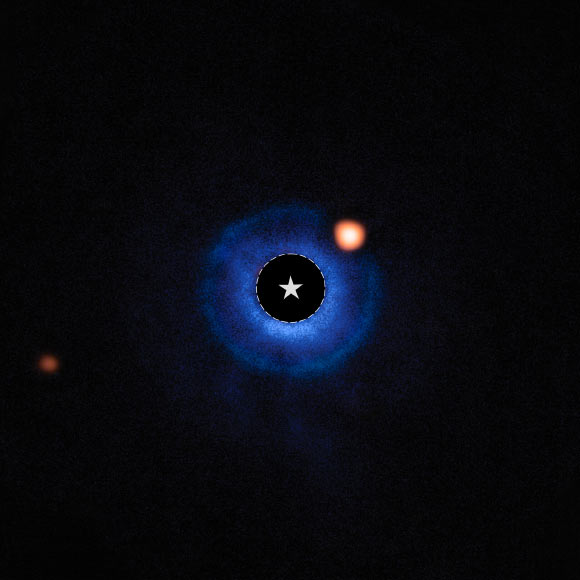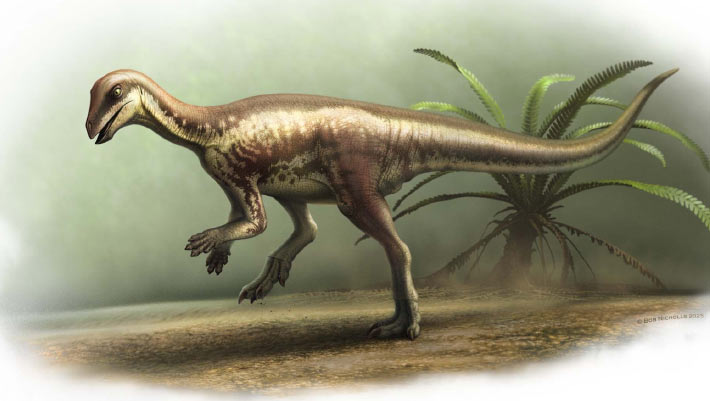Now Reading: Webb Telescope Spots Saturn-Sized Exoplanet Candidate Near Young Star TWA 7
-
01
Webb Telescope Spots Saturn-Sized Exoplanet Candidate Near Young Star TWA 7
Webb Telescope Spots Saturn-Sized Exoplanet Candidate Near Young Star TWA 7

Swift Summary:
- Astronomers used the James Webb Space Telescope’s Mid-Infrared Instrument (MIRI) to investigate the three-ring debris disk around TWA 7, a young M-type star located about 111 light-years away in the constellation Antlia.
- TWA 7 has a mass of 0.46 solar masses and belongs to the TW Hydra association, with its nearly face-on debris disk ideal for high-sensitivity observations.
- A faint infrared source consistent with theoretical predictions revealed a candidate exoplanet named TWA 7b, located roughly 52 AU from its host star in a gap within one of the three dust rings surrounding it.
- Early analysis suggests TWA 7b is a cold Saturn-mass planet (~0.3 times Jupiter’s mass), possibly interacting dynamically with its surroundings and shaping the debris disk structure.
- This marks an advance in directly imaging low-mass planets using Webb’s coronagraph technique for high-contrast imaging by suppressing starlight glare.
Indian Opinion Analysis:
The discovery of TWA 7b underscores advances enabled by cutting-edge instrumentation like NASA’s James Webb Space Telescope in planetary science and exoplanet research-fields where India also invests through ISRO missions and collaborations on astronomy initiatives globally. The detection methodology emphasizes precision engineering coupled with data analysis-a benchmark for aspiring spacefaring nations such as India.Studying systems like TWA 7 offers valuable insights into protoplanetary dynamics, which not only deepens our understanding of planetary system formation but can also aid future explorations within India’s astrobiology programs or bolster domestic efforts toward originating impactful scientific contributions on interstellar phenomena.
Read more: https://www.sci.news/astronomy/webb-saturn-mass-exoplanet-candidate-young-star-twa-7-14020.html























